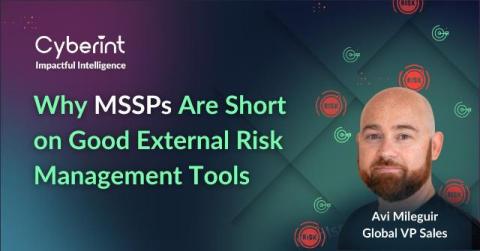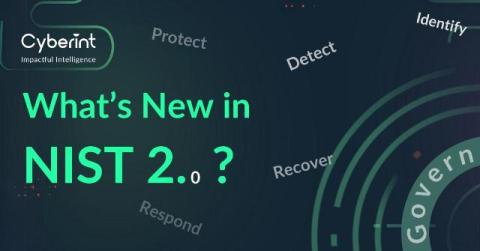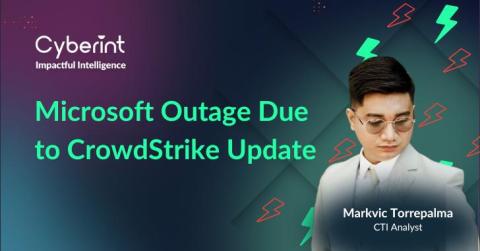Why MSSPs Are Short on Good External Risk Management Tools
If you’ve worked in the Managed Security Services Provider (MSSP) industry for a while, you might remember the era when the MSSP tool set consisted only of internal risk management solutions – like software that scanned client endpoints and application source code. Those days are gone. Today, external risk management has become just as critical a part of an MSSP’s job.











